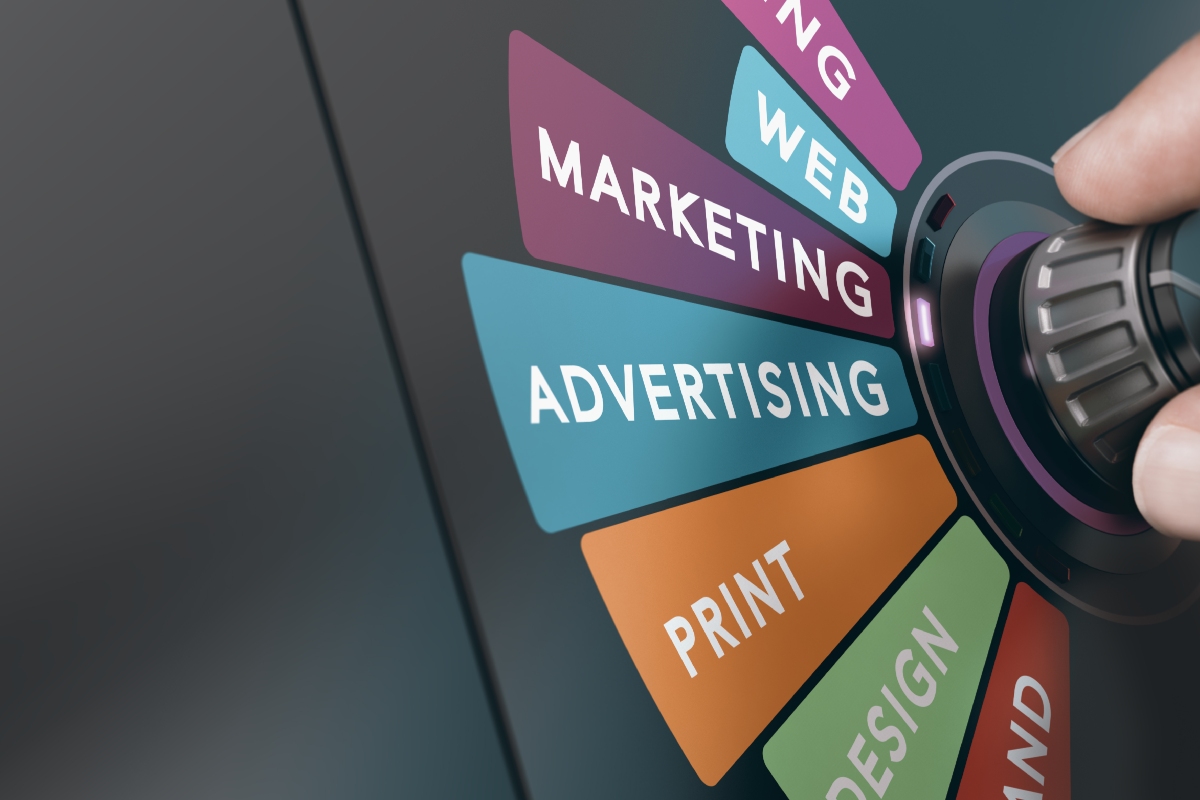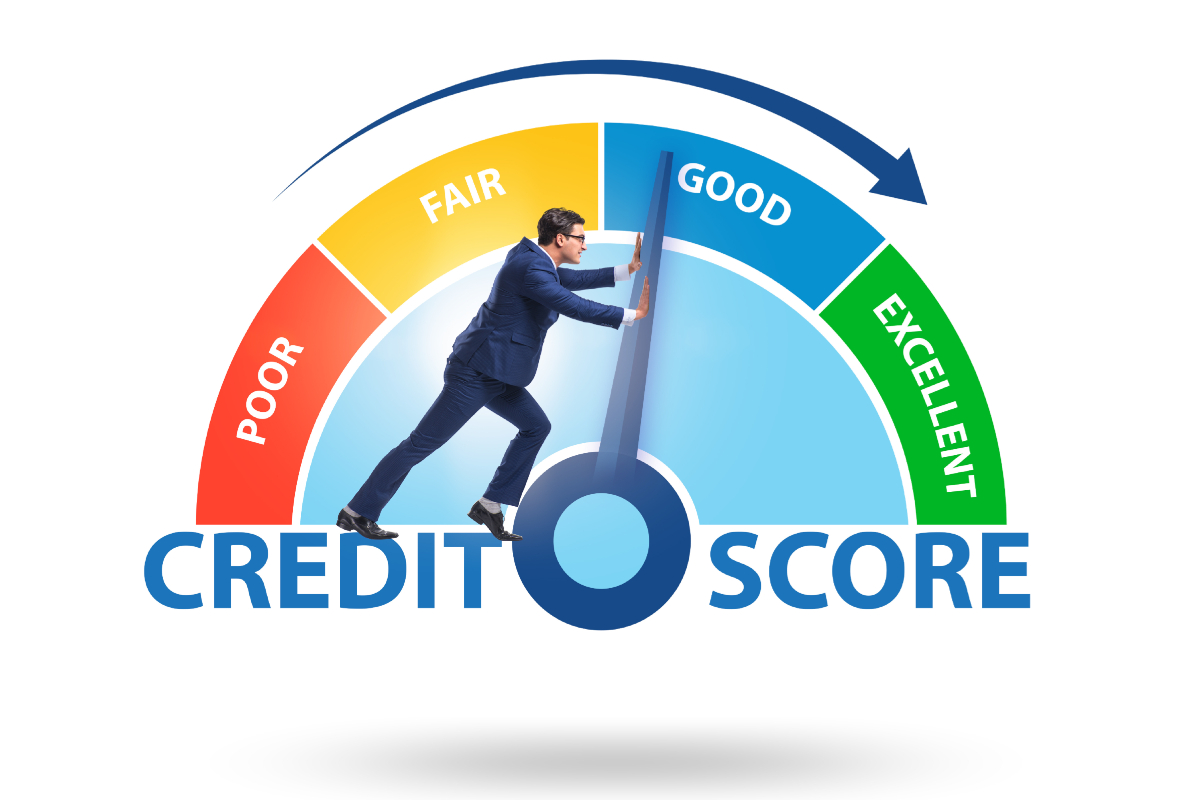Do you want to know how to grow your small business with marketing? Growing a small business takes a blend of strategic planning, innovation, and financial management. One often overlooked tool that can fuel small business marketing efforts is working capital.
For small to medium-sized businesses, finding effective ways to market with limited resources is crucial for success. According to reports, 47% of small businesses struggle with implementing the right marketing tactics. As such, there is a great need to utilize working capital effectively so that all marketing expenses drive real growth.
This article will cover actionable marketing tips for small business owners to maximize their working capital and expand their reach.
The Relationship Between Working Capital and Marketing
Effective small business marketing strategies often require funding to boost visibility and attract new customers. Working capital can support both short-term and long-term marketing efforts. It allows small business owners to fund everything from social media ads to targeted email campaigns.
When implemented strategically, these promotional tactics can attract new customers while also retaining existing ones, creating a cycle of growth.
Working capital enables small businesses to maintain a consistent marketing strategy without disrupting daily operations. It guarantees that there are enough resources set aside to continually market the business and at the same time meet basic survival expenses.
When small business owners are able to control their cash flow, they invest in marketing knowing their operations are not going to be in any danger. This balance also enables organizations to remain active and competitive in the market without over-exerting their resources.
Plus, it ensures that each marketing effort aligns with broader business goals: maintaining visibility, attracting customers, and supporting long-term growth.
Even if you’re investing in social media marketing or optimizing your website for local search, a clear small business marketing strategy that considers working capital can help you maximize returns.

Leveraging Your Working Capital Sources
To support a solid marketing strategy, small business owners can use different sources of working capital, such as loans, lines of credit, or cash reserves. Each source can support distinct marketing tactics, helping businesses reach their target audience effectively.
For instance, a line of credit can fund short-term campaigns, such as social media ads or Google Ads. On the other hand, reinvested profits might fund content marketing or SEO for sustained visibility over time.
Small businesses can take advantage of these sources to implement a diversified marketing strategy that includes digital marketing, social media, and even traditional marketing channels.
By maintaining a steady cash flow and selecting the right funding sources, small businesses can create flexible marketing strategies that adapt to market changes. It allows businesses to seize short-term opportunities while building long-term brand recognition.
Combining these different resources helps businesses stay competitive and engage their audience across multiple channels.

Aligning Marketing Goals with Available Capital
Aligning marketing goals with available working capital ensures an effective strategy by helping businesses prioritize their spending. It allows them to allocate funds to the most impactful marketing efforts, ensuring they don’t overextend financially.
Small businesses should start by setting specific goals, such as raising brand awareness, attracting new customers, or building loyalty with existing customers.
With clear objectives, it becomes easier to choose marketing plans that fit within the budget while still achieving desired outcomes. For instance, if a business’s primary goal is to attract new customers, investing in a social media strategy might yield the best results.
According to a recent study, 73% of marketers believe that social media marketing has been effective for their business to some degree. Why? Because social media can reach a wide audience at a relatively low cost, providing maximum exposure with minimal expenditure.
Alternatively, a small business aiming to build loyalty might benefit from an email marketing strategy that keeps existing customers engaged with regular updates and special offers. Aligning goals with available capital ensures that every marketing effort contributes directly to business growth.
Working Capital and Short-Term vs. Long-Term Marketing Strategies
Short-term strategies, like limited-time offers or social media ads, can generate immediate engagement and bring in new customers.
Having immediate access to working capital lets businesses quickly adjust their marketing strategies to meet market demands, allowing them to take advantage of opportunities while keeping finances in check.
On the other hand, long-term strategies such as content marketing or local SEO help build a solid brand presence and attract consistent customers over time. These approaches create lasting connections with audiences, driving repeat business and fostering brand loyalty.
It’s also important to check how both short and long-term strategies are performing regularly. It enables businesses to optimize their marketing efforts, ensuring they maximize their budget and achieve the best possible return on investment.

Creative Marketing Strategies on a Restricted Budget
When working capital is limited, a creative marketing campaign becomes essential for small businesses. Here are some cost-effective marketing tips for small businesses owners to maximize reach without overspending:
Content Marketing
Creating high-quality, relevant content is an affordable small business marketing strategy that can build trust with your target audience. A strong content marketing plan can improve your search engine rankings and drive organic traffic to your site.
Over time, this positions your business as an industry expert and builds lasting relationships with your customers. By offering valuable insights, you engage your audience and keep them coming back for more.
Whether it’s through blog posts, videos, or social media updates, content marketing enhances your online presence and brand loyalty.
Search Engine Optimization (SEO)
Search engine optimization (SEO) is a long-term marketing tactic that helps bring consistent traffic to your website. Unlike paid ads, SEO doesn’t require constant funding and can generate organic traffic over time.
Local SEO is especially useful for small businesses, as it helps you get noticed by potential customers in your area. Optimizing your site for search engines increases visibility and improves your chances of ranking high on Google.
Key tip: Customer reviews play a key role in local SEO. Positive reviews on platforms like Yelp or Trustpilot help improve your local search rankings and build your reputation in the community
Business Partnerships
Partnering with other local businesses is a great way to expand your reach. You can cross-promote your products or services and share customer bases, which can lead to new sales opportunities.
Working with other businesses allows you to tap into each other’s promotional efforts and leverage their networks for mutual growth.
Additionally, joint events or shared marketing initiatives can create buzz and build goodwill within the community. This increases brand awareness, saves on costs, and strengthens local connections.

Traditional Marketing
Traditional marketing methods like print advertising and direct mail can still be valuable, especially for small businesses with local customers.
Flyers, posters, and postcards are simple, low-cost tools to increase brand visibility in your community. These methods can work alongside your digital efforts, reaching customers who may not be online as frequently.
Combining traditional and digital outreach broadens your audience, while the personal touch of print marketing can help make your brand more memorable.
Mobile Marketing
Unlike social media marketing, which focuses on platforms like Instagram, mobile marketing engages users directly on their mobile devices, regardless of the app.
In a time where almost everyone is on their devices, mobile marketing is crucial for reaching on-the-go consumers who are constantly connected. With smartphones being an integral part of daily life, businesses have a unique opportunity.
They can engage potential customers through targeted ads, push notifications, and location-based promotions to deliver relevant content and offers. But, what does this do exactly? It drives immediate action and brand loyalty – something every small business owner wants to hear.
To maximize this, ensure your website is mobile-friendly and integrate mobile strategies with social media and SMS for a seamless, accessible brand experience.
Referral Programs
Referral programs are an easy way to grow your customer base. It encourages existing customers to spread the word. By offering rewards like discounts or small gifts, you incentivize referrals that bring in new customers.
This type of marketing is low-cost and highly effective, as it relies on word-of-mouth from satisfied customers who vouch for your brand.
Plus, referrals help foster trust, as recommendations from friends or family often carry more weight than traditional advertising. A well-structured referral program can boost loyalty and create lasting relationships with new customers.

Social Media Marketing
Social media advertising is a powerful way to engage with your audience and build brand awareness. Platforms like Facebook, Instagram, and Twitter allow you to reach a large number of people without spending a lot of money.
By combining organic posts with targeted ads, you can drive traffic to your business and attract new followers. Consistent engagement with your followers keeps them informed of updates, promotions, and new products.
Additionally, social media channels provide valuable customer feedback. This allows you to adjust your efforts based on audience preferences.
Email Marketing
Email marketing is a direct way to reach your customers with personalized offers and updates. It’s an effective strategy for staying in touch with your existing customers and encouraging repeat business.
Segmenting your email list enables you to send targeted messages to specific customer groups, improving open and click-through rates. Regularly sending relevant content strengthens relationships with your audience, creating brand loyalty over time.
These email strategies allow you to maintain a personalized connection with customers, encouraging engagement and long-term customer retention.
Guerrilla Marketing
Guerrilla marketing is all about being creative and standing out with low-cost tactics. Flash sales, street art, or unconventional promotions can grab attention and spark curiosity.
These unique approaches help your business get noticed in a crowded market. Plus, it can create a buzz around your brand and encourage word-of-mouth referrals.
With limited budgets, small businesses can benefit from these eye-catching techniques that engage the community and attract new customers without heavy advertising costs.

Directing Cash Flow for Marketing Campaigns
To ensure that marketing campaigns are both effective and sustainable, businesses must manage cash flow carefully. Monitoring cash flow allows you to direct funds toward the promotional tactics yielding the best results.
Analytics tools such as Google Analytics and social media insights provide data on engagement, helping you optimize your marketing strategy based on performance.
By allocating more funds to high-performing channels and scaling back on less effective strategies, small business owners can keep campaigns aligned with their cash flow.
Effective cash flow management allows businesses to allocate resources where they are most needed, whether it’s redirecting funds to a high-performing social media campaign or boosting local SEO efforts.
By tracking cash flow closely, small businesses can quickly adjust their marketing budget to scale successful initiatives and pivot away from less effective ones. It ensures that marketing strategies remain agile and responsive to changing market conditions.
By adapting marketing budgets to focus on the most effective strategies, companies can respond to shifting market dynamics. Ultimately, the goal is to maximize every dollar spent, ensuring that the marketing budget is used as efficiently and impactfully as possible.
Maintaining Growth with Smart Capital Management
Smart capital management goes beyond just reviewing budgets – it’s about ensuring that marketing initiatives are aligned with a business’s growth objectives.
For small businesses, the focus should be on directing funds toward strategies that generate measurable results. This includes expanding brand presence or increasing customer retention.
By strategically prioritizing marketing goals, businesses can select the most effective approaches based on available capital.
For instance, when aiming to attract new customers, investing in social media campaigns might yield a higher return on investment. Meanwhile, email marketing could be more effective for nurturing existing relationships and enhancing loyalty.

Conclusion
Small business marketing does not have to feel daunting. By using working capital wisely, you can boost your brand’s visibility and growth.
Remember: Combine short-term and long-term small business marketing strategies like social media management and SEO. They can help drive sales, attract new customers, and increase exposure. With effective capital management and a focus on improvement, your business can lay a solid foundation.
Ready to grow your business? Partnering with experts like E-Boost ensures you make the most of your marketing budget. Reach out today for personalized insights and smarter marketing strategies that deliver lasting results!

























































